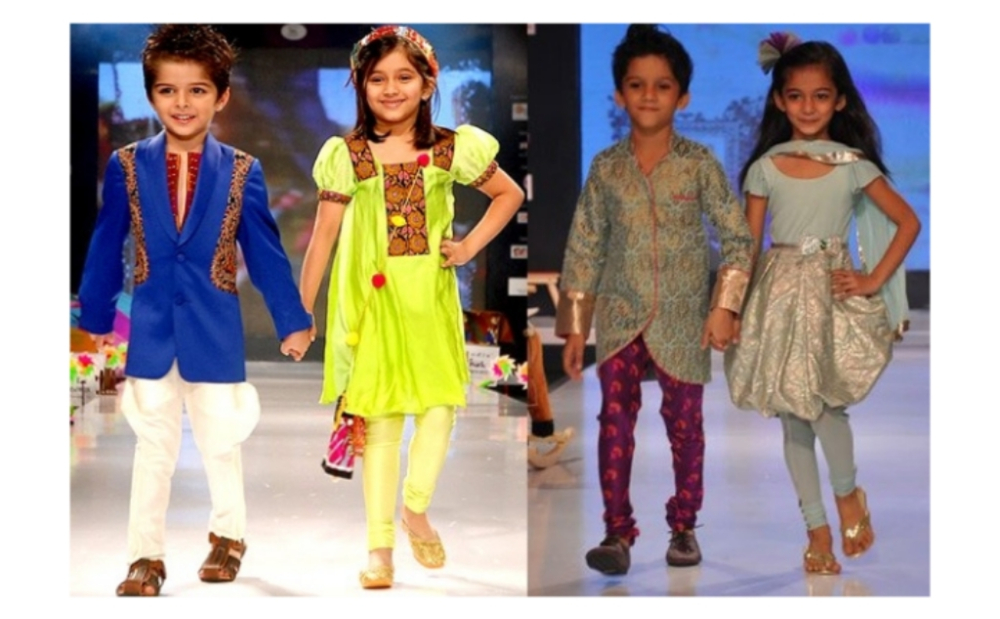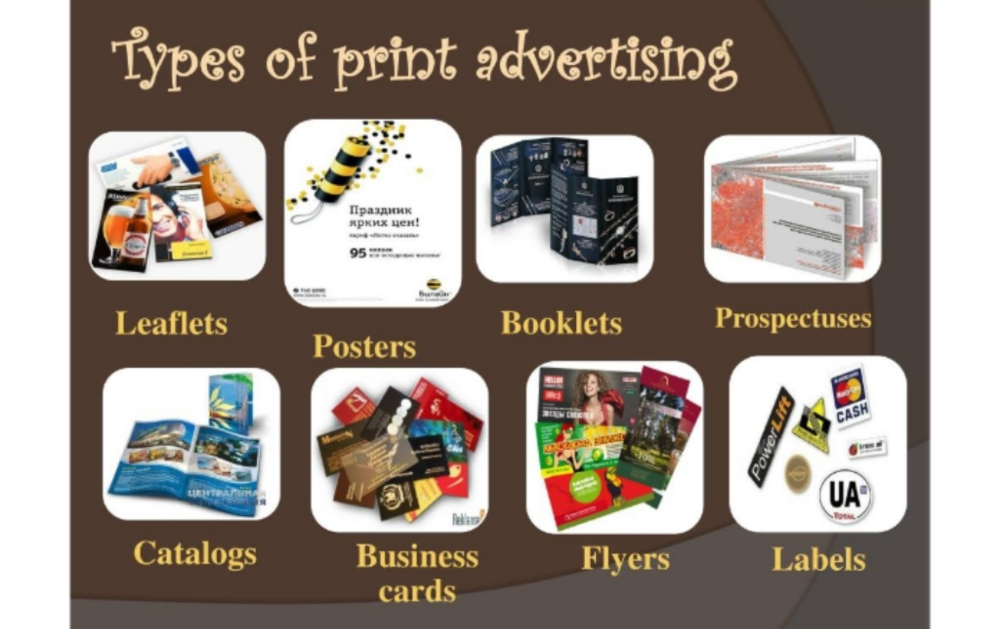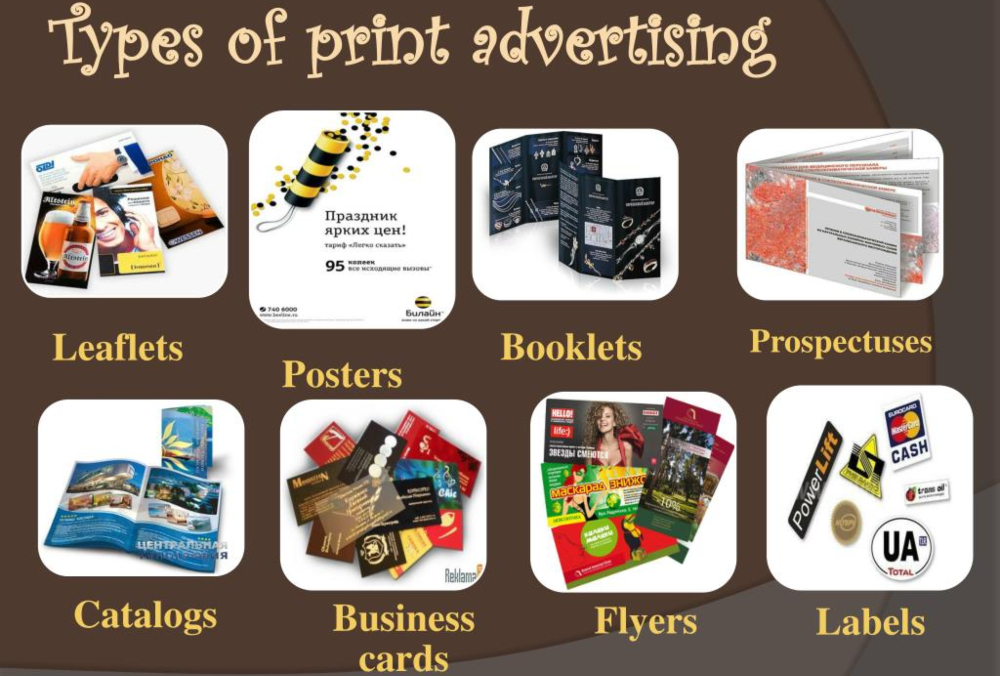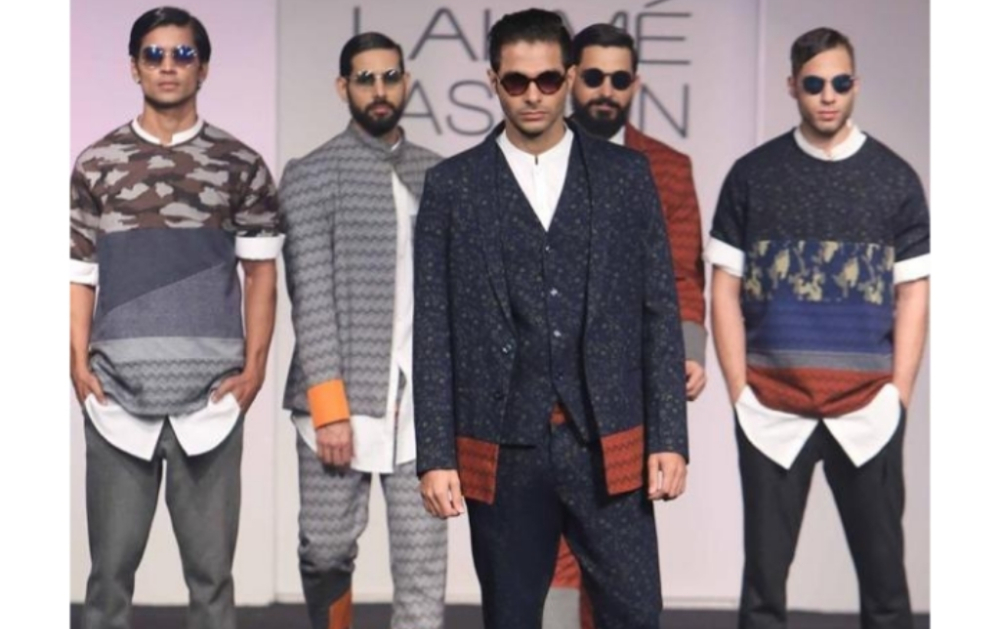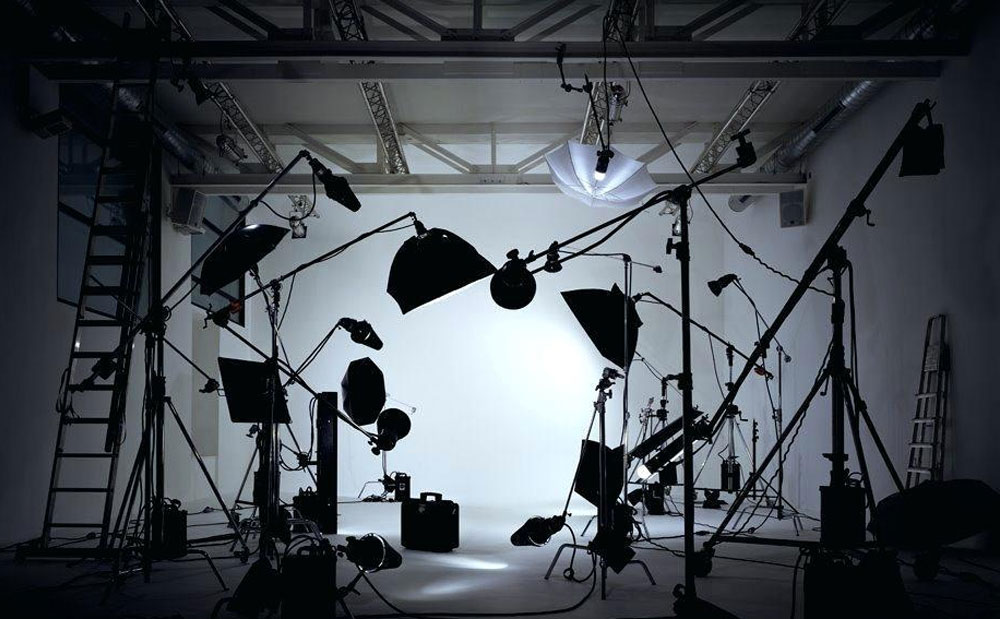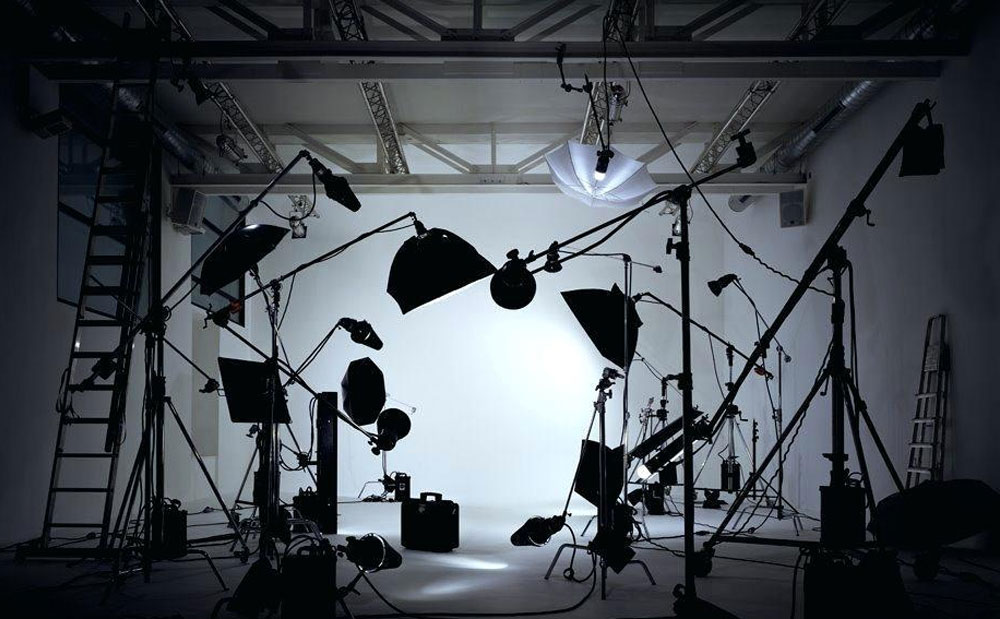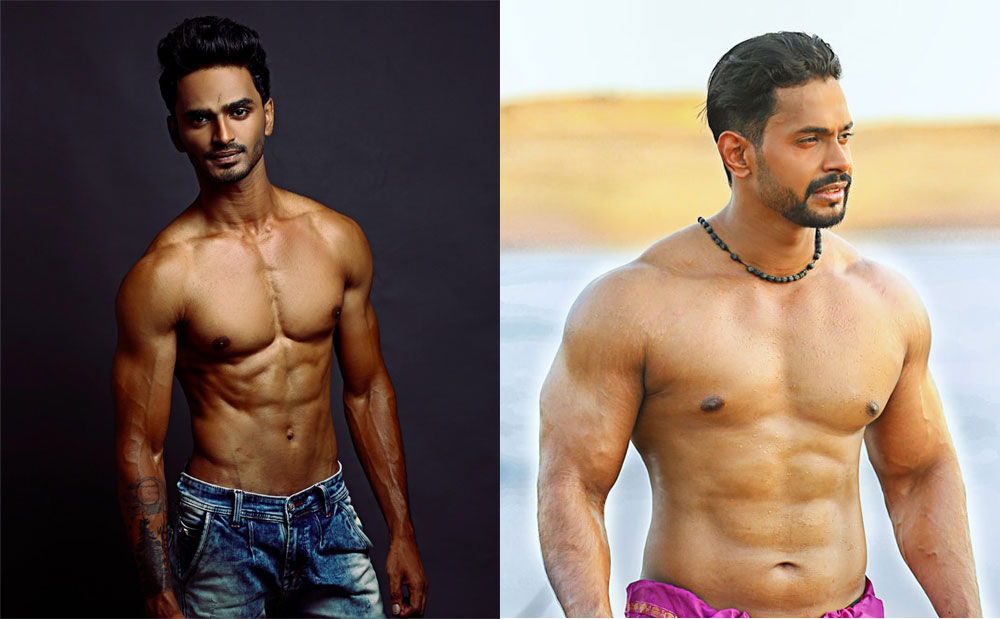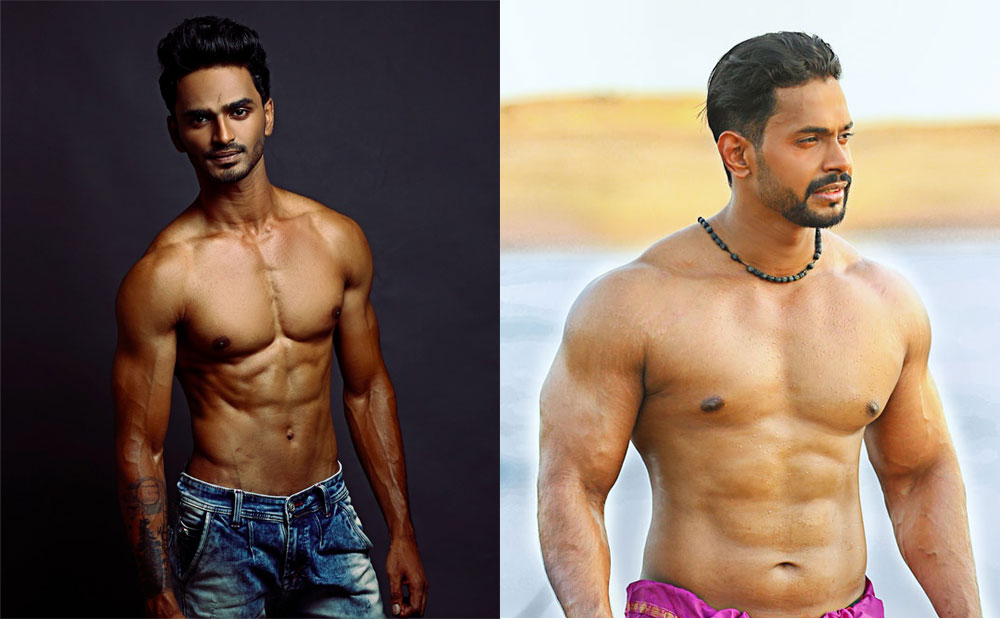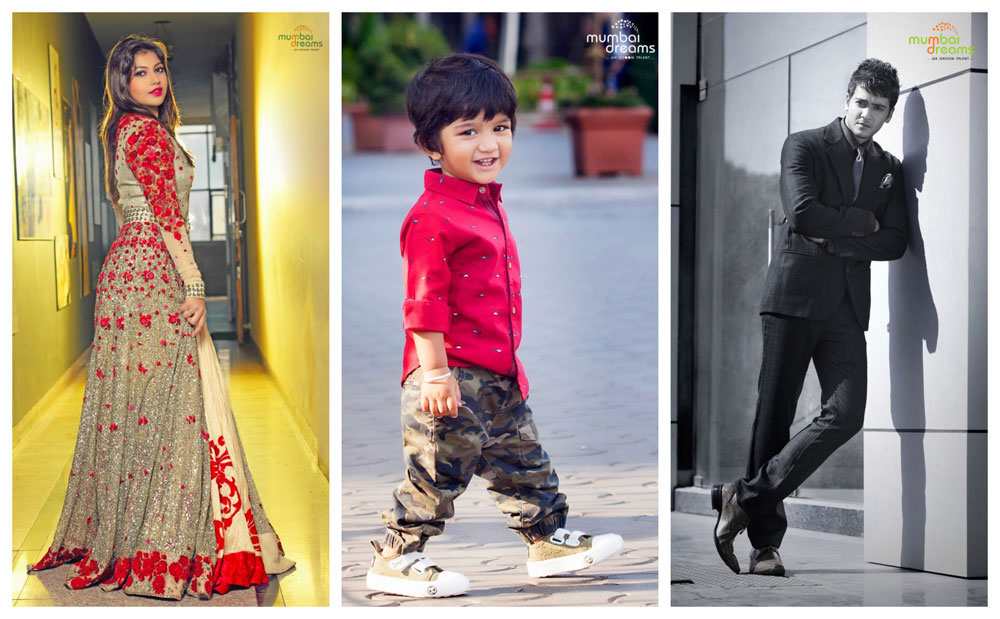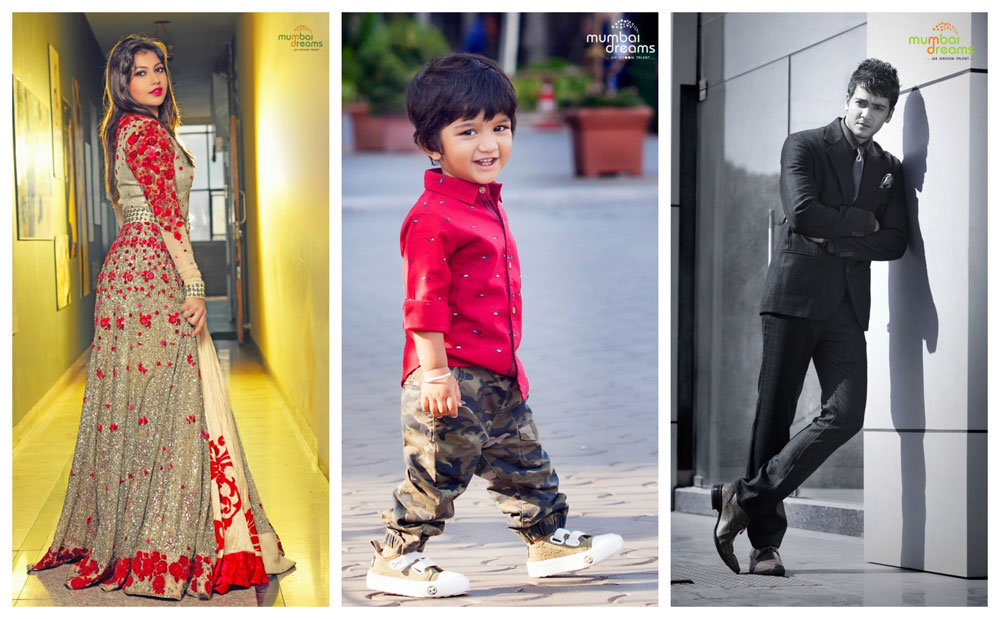Highly Effective Ways to Stay Motivated
February 22, 2020 by mumadmin Acting, Auditions, Blog, Casting, Casting Agencies, kids modelling, Male Actors, Male Child Artists, Male Models, Modeling, modelling portfolio, Photography, print ads, Uncategorized

Highly Effective Ways to Stay Motivated
1. Understand your why. Sometimes it’s not so much the what or the how that matters, but your why–the purpose behind what you’re doing. Being clear about what you’re working for can give you the stimulus to stay on course.
2. Define your goal. Defined goals put your ideas into action mode. It’s the vital step between planning and doing.
3. Create a clear vision. If you want to succeed, you must create a clear compelling vision, something that you can relate to and resonate with. If it doesn’t speak to your heart, it won’t motivate you to stay on target. Create the highest grandest vision possible, because you can achieve only what you see.
4. Produce a plan. Once you have a goal in place, a plan is will take your vision and break down the steps you need to get it done. A goal without a plan, as we know, is just a dream.
5. Look for the bigger picture. When you have to stay motivated, think of the bigger picture. How does this relate not only to yourself but to others? How will it contribute to something important? Where will this make a difference? To accomplish more, think bigger.
6. Keep it positive. Positive thoughts lead to positive actions, and self-affirming statements will help you to achieve your best. Take control of how you think, how you feel, how you act. Positivity will help you make the choices that lead to accomplishment.
7. Approach tasks in new ways. Sometimes just getting started might be the problem. A different approach might give you a new perspective and more energy.
8. Break goals into manageable tasks. One important key to your success will be your ability to break down your goals into shorter-term and smaller single tasks. Keep things manageable.
9. Get organized. Make sure your workplace is uncluttered so your mind can be organized. A calm environment gives you a better chance of being more efficient and productive.
10. Tackle procrastination head on. Don’t make excuses or waste time rationalizing why you haven’t already started. Instead, try to uncover the real reason for the delay and get to work immediately. The best way to begin something is just to begin.
11. Seize the power of deadlines. Setting a time limit for an activity will enable you to assemble your resources and materials toward accomplishing things you might not otherwise get done.
12. Stop multitasking. Don’t divide your attention but give your full and undivided self to the task at hand. When you do, your chances for success go way up.
13. Starve your distractions. Do what you need to do to stop being distracted by people, tasks, or electronics. Devise strategies to help you start and complete tasks without any distractions or interruptions.
14. Stay in the zone. Your best and most productive work is usually done when you’re in the zone. Ask yourself how to create the perfect environment for you to do your best work and keep at it until you’re done.
15. Choose success. Choose to be successful, then stick to your choice and see it through to a conclusion. By creating a mental picture of yourself successfully completing a job, you can increase your chances of success.
16. Keep it fun. If you seriously want to stay motivated, find a way to make it fun. Fun is not the enemy but a great motivator.
17. Harness the power of optimism. Belief that you can accomplish something is essential to your ability to do it. Optimism is the foundation of progress.
18. Reward yourself. Learn what it takes to get yourself to complete dreaded tasks and set up a system of rewards for completion.
19. Visualize yourself succeeding. Visualization is a powerful technique that can help you to focus, stay motivated and achieve your goals. By creating a mental picture of yourself successfully completing a job, even the worsts tasks can feel like part of achieving something big.
Remember, motivation starts within. Find it, keep it and make it work for you.
Recent Posts
Archives
- January 2022 (1)
- December 2021 (1)
- October 2021 (1)
- September 2021 (1)
- August 2021 (1)
- June 2021 (1)
- May 2021 (1)
- April 2021 (1)
- February 2021 (1)
- November 2020 (1)
- October 2020 (1)
- September 2020 (1)
- August 2020 (1)
- July 2020 (1)
- June 2020 (1)
- April 2020 (1)
- March 2020 (4)
- February 2020 (3)
- January 2020 (1)
- December 2019 (3)
- November 2019 (4)
Categories
- Acting (31)
- Auditions (31)
- Blog (31)
- Casting (28)
- Casting Agencies (29)
- kids modelling (26)
- Male Actors (30)
- Male Child Artists (30)
- Male Models (30)
- Modeling (31)
- modelling portfolio (26)
- Photography (31)
- print ads (26)
- Uncategorized (1)


